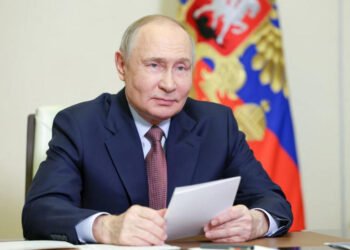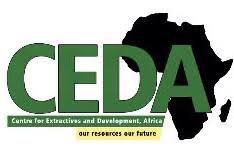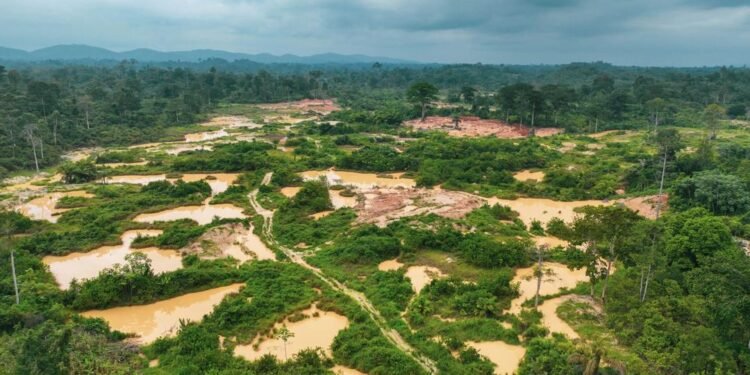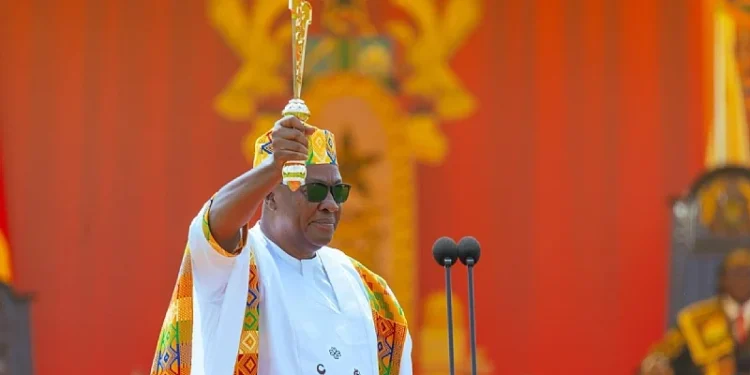Global foreign direct investment (FDI) flows in the first half of 2021 reached an estimated US$852 billion, but low-income economies suffered a further 9 per cent decline, according to UNCTAD.
On the whole, the rise in global FDI showed a stronger than expected rebound, as the first two quarters of 2021 posted increased investment flows.
James Zhan, UNCTAD’s Director of Investment and Entreprise commented: “The rapid FDI recovery and the optimistic outlook mask the growing divergence in FDI flows between developed and developing economies…”
Developed economies experienced the biggest rise, with FDI reaching an estimated US$424 billion in the first half of 2021, indicating more than three times the significantly low level in 2020.
According to the Investments Trend Monitor, high-income countries more than doubled quarterly FDI inflows (+117%) from rock bottom 2020 levels. That of middle-income economies saw a 30 per cent increase while low-income countries further declined by 9 per cent.
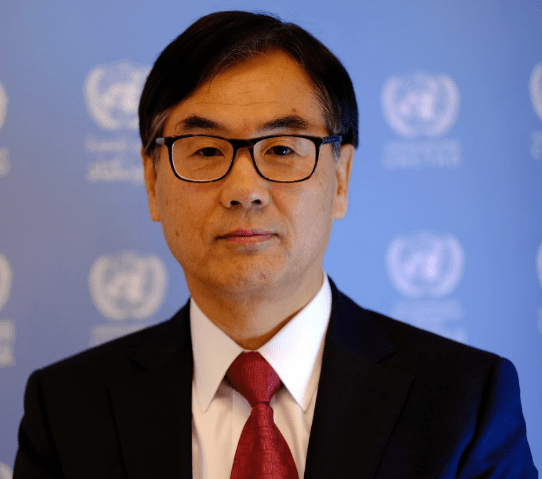
Inflows in the United States soared by 90 per cent, driven entirely by a surge in cross-border mergers and acquisitions. While in Europe, several large economies saw significant increases, on average remaining only 5 per cent below pre-pandemic quarterly levels.
Inflows in East and South-East Asia went up by 25 per cent. The recovery in FDI inflows neared pre-pandemic levels in Central and South America, and upticks in several other economies across Africa and West and Central Asia.
Notably, growing investor confidence is most apparent in infrastructure, boosted by favourable long-term financing conditions, recovery stimulus packages and overseas investment programmes.
International project finance deals were up 32 per cent in number (74% in value terms), with sizeable increases in most high-income regions and in Asia and South America.
Investor Confidence in view
In contrast, investor confidence in industry and global value chains remains wobbly. Greenfield investment project announcements remained on a downward path (-13% in number, -11% in value during the first three quarters).
The number of new projects in global value chains-intensive industries (such as electronics, automotive and chemicals) fell further.
The recovery of investment flows to sectors relevant to Sustainable Development Goals (SDGs) in developing countries, which suffered significantly during the pandemic with double-digit declines across almost all sectors, remains fragile.
International project finance in renewable energy and utilities continue to be the strongest growth sector. However, the number of SDG-relevant investment projects in least developed countries continue to decline quickly.
According to UNCTAD, the global FDI outlook for the full year has improved from earlier projections. The underlying trend shows that it will be more muted than the rebound growth rates of the first half of 2021.
However, the current momentum and the growth of international project finance are likely to bring FDI flows back beyond pre-pandemic levels, UNCTAD noted.
The duration of the health crisis and the pace of vaccinations, especially in developing countries, as well as the speed of implementation of infrastructure investment stimulus, remain important factors of uncertainty.
Other important risk factors, including labour and supply chain bottlenecks, energy prices and inflationary pressures, will also affect final year results, UNCTAD pointed out.
READ ALSO: 1% top up of Cocoa Farmer’s Pension Contribution Sufficient- COCOBOD








